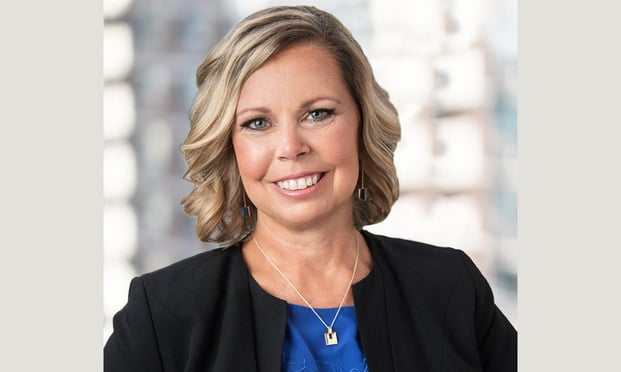Warren Buffet said: “When the tide goes out, we can see who is swimming naked.” 2020 has been a perfect storm—we face a global pandemic that continues to rage along with the curtain being pulled back on systemic racism and social injustice in America as highlighted through a surge in the Black Lives Matter movement. On top of that, the COVID-19 outbreak and civil unrest are having an unprecedented economic impact on businesses, especially diverse businesses.
Among the turmoil of this year, an underlying theme has risen to the surface: intersectionality. Intersectionality, a term coined by lawyer and civil rights activist Kimberlé Williams Crenshaw, is the interconnected nature of social categorizations such as race, class, and gender as they apply to a given individual or group, which create overlapping and interdependent systems of discrimination or disadvantage. In a nutshell, intersectionality brings race, gender, class, religion and gender identity, as well as social and economic disparity together as interconnected forces. There is simply no escaping its impact—these systems of oppression impact our lives wherever we are and whoever we are. Ultimately, through awareness of intersectionality’s existence, we can better acknowledge and bridge the differences among us.


 Cheryl L. Borland Of Counsel at Griesing Law.
Cheryl L. Borland Of Counsel at Griesing Law.




